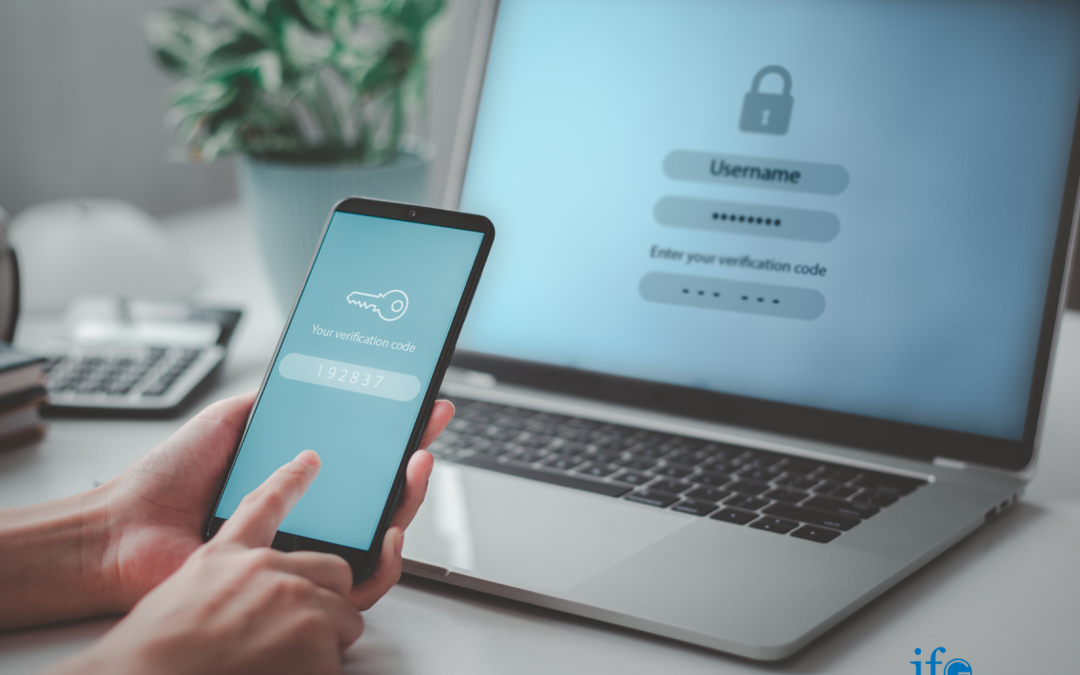Multifactor Authentication (MFA), also known as Two-Factor Authentication (2FA) or Two-Step Verification (2SV), is a security mechanism used to enhance the protection of digital accounts, systems, and data by requiring users to provide multiple forms of authentication before granting access. It goes beyond the traditional username and password combination, adding an extra layer of security to verify the identity of the user.
MFA typically involves three categories of authentication factors:
1. Something You Know: This is the traditional password or PIN that the user knows.
2. Something You Have: This involves a physical item that the user possesses, such as a smartphone, security token, or smart card.
3. Something You Are: This refers to biometric factors like fingerprints, retina scans, or facial recognition.
When MFA is implemented, a user must provide at least two of these factors to gain access to their account or system. For example, after entering a password (something you know), the user might receive a one-time code on their smartphone (something you have), which they then need to enter to complete the login process.
The importance of Multifactor Authentication lies in its ability to significantly enhance security in the following ways:
1. Increased Security: MFA adds an additional layer of protection, making it much more difficult for unauthorized users to access an account even if they have managed to obtain the password.
2. Mitigating Password Vulnerabilities: Passwords can be easily guessed, stolen, or cracked. MFA reduces the risk associated with weak or compromised passwords by requiring a second form of authentication.
3. Defense Against Phishing and Social Engineering: Even if a user falls for a phishing attack and provides their password, the attacker still wouldn’t have the second factor needed to gain access.
4. Protection of Sensitive Data: MFA helps safeguard sensitive information, such as personal data, financial transactions, and confidential communications.
5. Compliance Requirements: Many regulatory standards and frameworks, such as GDPR and PCI DSS, require strong authentication mechanisms to protect user data.
6. Remote Access Security: MFA is particularly important for remote access scenarios, where the user might be logging in from different locations or devices.
7. Preventing Unauthorized Access: Even if an attacker somehow gains access to a user’s password, they will still need the second factor to complete the authentication process.
Overall, Multifactor Authentication significantly reduces the likelihood of unauthorized access and data breaches, offering a higher level of security for online accounts and systems. It is a recommended practice for anyone concerned about protecting their digital assets and sensitive information. This is particularly true for businesses who must protect financial records, employee data, customer data, and other digital assets.

